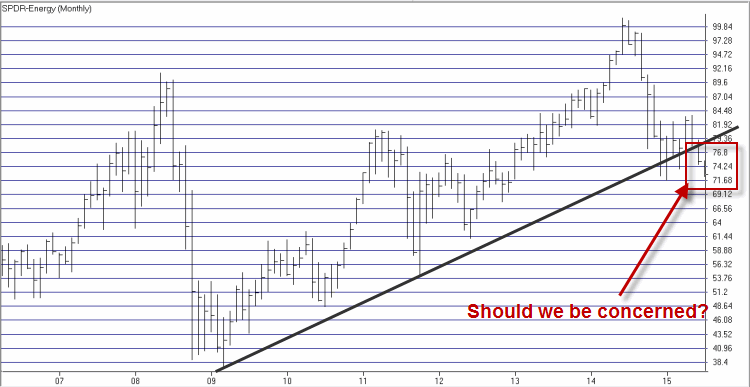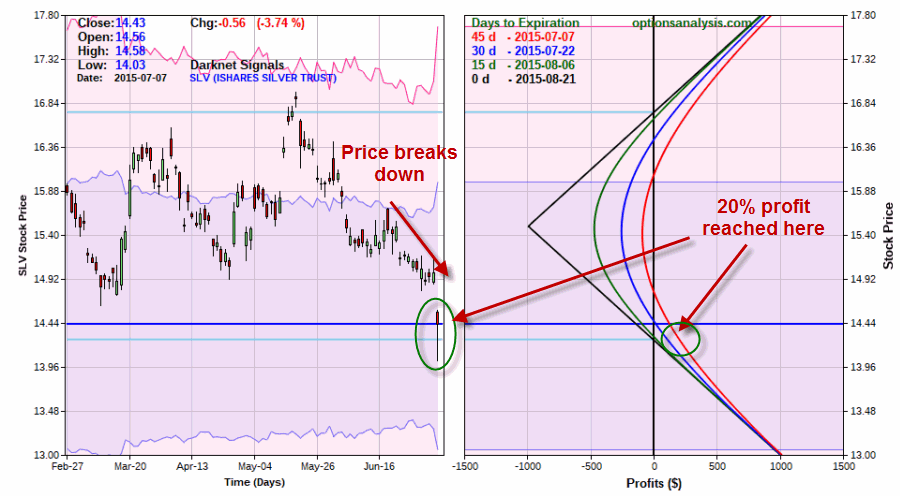For the record, I own shares of Fidelity Select Biotech sector fund (FBIOX) and have for some time. And I am glad for that. Because they’ve done great. All the more reason that I hate to potentially rain on my own parade. Still….
As a side note, I personally do not trade off of chart patterns (although I know many people who do so quite successfully) but I do look t charts on a regular basis. Every once in awhile I scroll through a list of all kinds of tickers (stock indexes, sector funds, bond related ETF, commodity, foreign stocks etc.) just to “get a feel” for what the heck is going on out there. This exercise does not (typically) lead to specific “action” (as that would essentially be more “reactionary” and I am more o a systematic trader and investor), but it does cause certain things to “pop out” at me. Like today for instance.
Biotech Then…
OK, so what follows below eventually leads to my rhetorical question for the day.
If you were around the markets in 1998-2002 then you probably remember what happened to biotech stocks during this period. If not – or if you have blotted it out, Figures 1 and 2 should refresh your memory. Figure 1 shows the “blow off” in biotech stocks. Figure 1 – Biotech stocks explode 1998-2000
Figure 1 – Biotech stocks explode 1998-2000
From its low in September 1998, FBIOX advanced 379% in the next 18 months. By March 6th, 2000 FBIOX was already up +74% for the year! Of course, most investors are aware of what happened next. And it wasn’t pretty. Over the next 28 months FBIOX lost a staggering -72%. Figure 2 – Biotech stocks implode 2000-2002
Figure 2 – Biotech stocks implode 2000-2002
And so we all look back at biotech in 1998-2002 as a classic example of a blow off top.
…and Now
So now let’s fast forward to today and take a glance at Figure 3….and then consider the rhetorical question emblazoned in red on Figure 3. Figure 3 – FBIOX 2015
Figure 3 – FBIOX 2015
Just asking.
Summary
So am I suggesting that biotech is “blowing off” and that everyone should sell all biotech holdings and run like heck? Not necessarily. Remember this is just a rhetorical question based on a gut reaction to a picture. And to be fair, you could probably have asked the same question a couple of months or even a couple of years ago. And biotech has simply continued to surge higher.
On a separate note, when I went outside yesterday to have the dog walk me, er, to walk the dog, there was a bunny rabbit sitting in the garden enjoying himself as he nibbled away. When the rabbit saw me he became very alert. He stopped chewing and focused all of his attention on me. Note he didn’t run away immediately because there was no indication that I was a danger (except maybe to myself, but I digress). But he was “poised for action” even as he stood there perfectly still. The first hint of danger and no doubt he would have fled quickly.
When it comes to biotech, I sort of feel like that bunny.
Jay Kaeppel





















